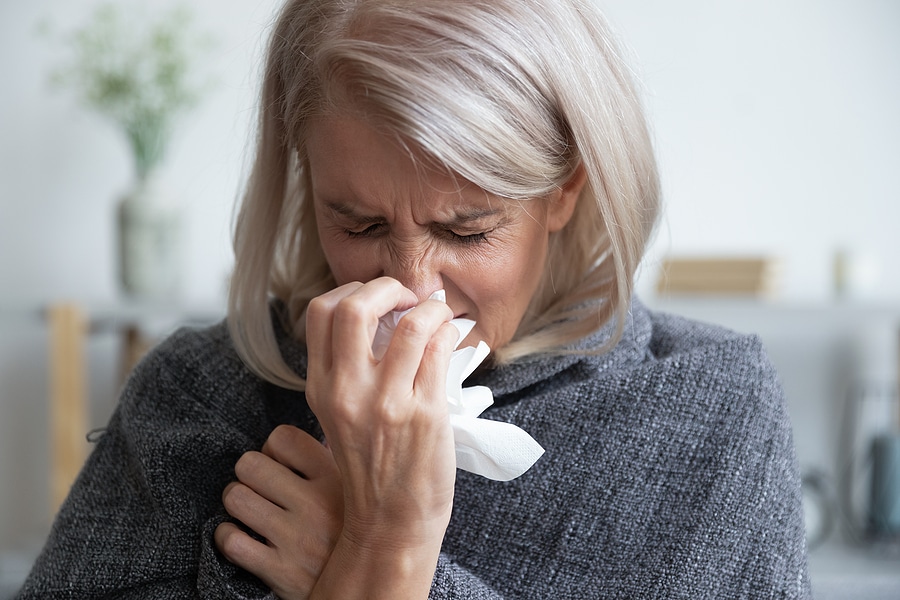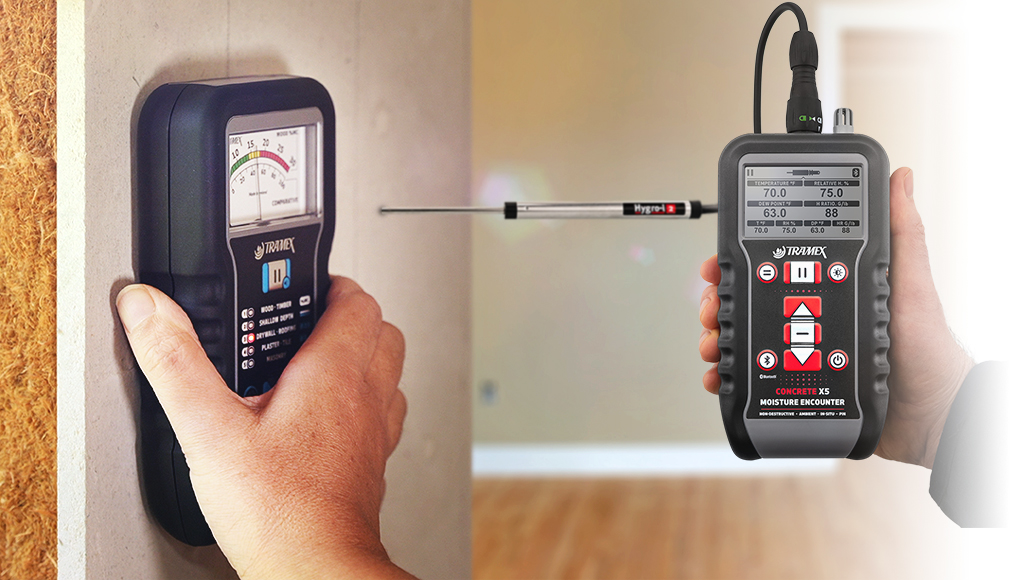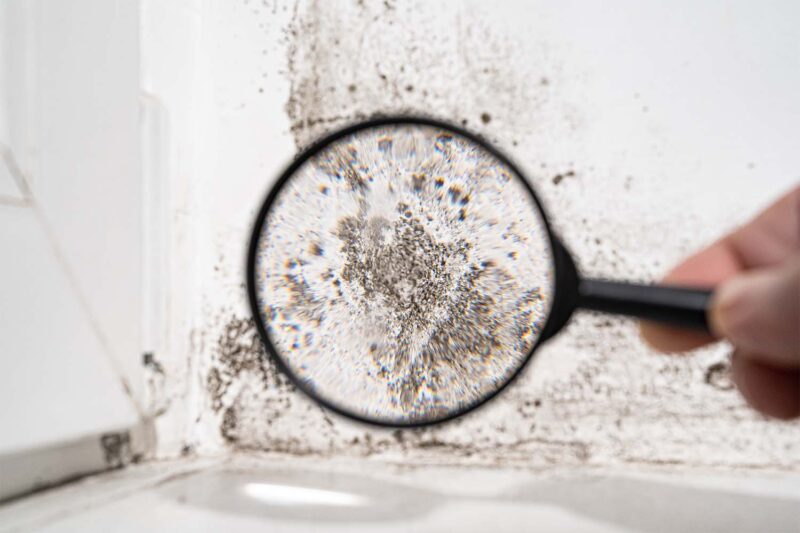Mold—a seemingly innocuous presence lurking in the corners of our homes and workplaces—often goes unnoticed until it turns into a significant problem. This unassuming fungus thrives in damp conditions, spreading its spores invisibly through the air, only to unleash a myriad of health risks and structural dangers.
As the damp months roll in, the temptation to turn a blind eye to a small patch of mold can be overwhelming. However, neglecting this issue is a gamble with dangerous stakes.
From respiratory issues and allergic reactions to extensive structural damage, the consequences of ignoring mold can escalate quickly, transforming a minor annoyance into a major crisis. Understanding the potential repercussions of mold infestation is crucial; it’s not just about health—it’s about safeguarding the spaces we live and work in.
As we delve deeper, we’ll explore what could really go wrong when mold is left unchecked, illuminating the risks that come with apathy.
The Health Implications of Mold Exposure

Mold exposure can wreak havoc on our health, manifesting in ways that range from mildly irritating to severely debilitating. For some, the consequences are as benign as a runny nose or itchy eyes; however, for others, especially those with pre-existing respiratory conditions or compromised immune systems, the risks are much graver.
Chronic exposure can lead to persistent respiratory issues, exacerbating conditions like asthma or even leading to serious infections. The intricacies of mold illness are further complicated by the diverse types of mold, each carrying its own potential for toxicity.
Toxins released by certain molds, such as mycotoxins, can infiltrate the body, messing with neurological function and manifesting as cognitive impairment, fatigue, or mood disorders. Ignoring these warnings is inviting a host of complications that could echo throughout one’s life, underscoring the urgency of addressing mold problems before they spiral into a health crisis.
Impact on Property: The Dangers of Mold in Your Home

Mold is not just an unsightly blemish; it can wreak havoc on the very structure of your home. Left unchecked, mold can erode wooden beams, degrade drywall, and damage insulation, leading to costly repairs that could run into the thousands.
Picture this: a small leak in your bathroom that goes unnoticed, gradually fostering a thriving colony of mold behind the walls. It spreads silently, gnawing away at the integrity of your home, while you go about your daily life, blissfully unaware of the impending disaster.
The materials that once supported your living space may become compromised, creating not only aesthetic concerns but also safety hazards. As mold infiltrates your living environment, it invites more dire consequences, including the potential for major devaluation of your property—something every homeowner dreads.
Ignoring the warning signs can lead to a long-term struggle, paving the way for expensive remediation efforts and a plummet in your home’s market appeal. Ultimately, the hidden dangers of mold—alongside its capacity to undermine your property’s value—underscore the critical importance of prompt action and vigilance in maintaining a healthy living space.
Preventive Measures: How to Combat Mold Growth

To effectively combat mold growth, proactive measures are essential in safeguarding your home and health. Start by ensuring that your living spaces maintain adequate ventilation—open windows, utilize exhaust fans, and consider installing dehumidifiers in damp areas.
Additionally, routinely inspect areas prone to moisture, such as basements, bathrooms, and around plumbing fixtures. A quick wipe down of surfaces with mildew-resistant products can keep spores at bay, but don’t stop there; fix any leaks immediately to prevent water accumulation.
Remember, clutter can trap moisture, so adopt an organizational mindset—clear out spaces regularly to promote air circulation. Lastly, consider using mold-resistant materials in construction and renovation projects for long-lasting protection.
Protecting your home from mold is not just about cleaning; it’s about creating an environment conducive to health and well-being.
Conclusion
In conclusion, overlooking the presence of mold in your environment can lead to a cascade of health and structural issues that are often more costly and complex to resolve than addressing the problem early on. The health risks associated with mold exposure, including respiratory issues and allergic reactions, can significantly impact the well-being of occupants.
Additionally, mold can compromise the integrity of buildings, leading to expensive repairs and decreasing property value. To mitigate these risks, seeking the expertise of a Mold Inspection Company can provide valuable guidance and thorough assessments, ensuring that mold issues are identified and managed effectively. Being proactive about mold inspection and remediation is not just a matter of maintaining aesthetics—its essential for safeguarding health and preserving property.


